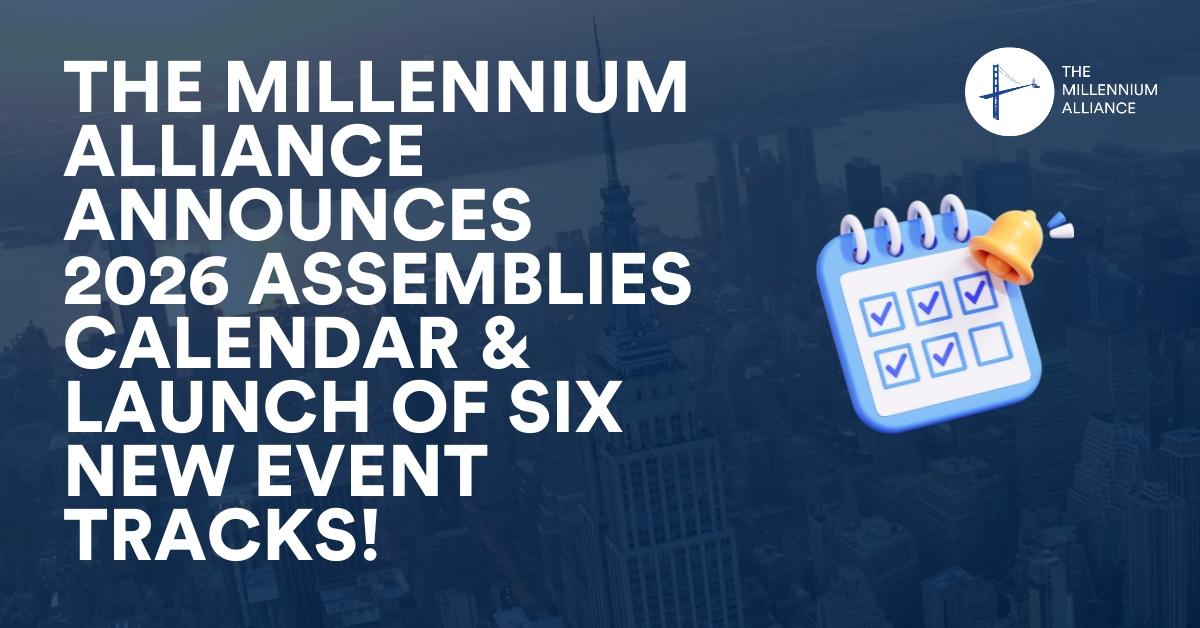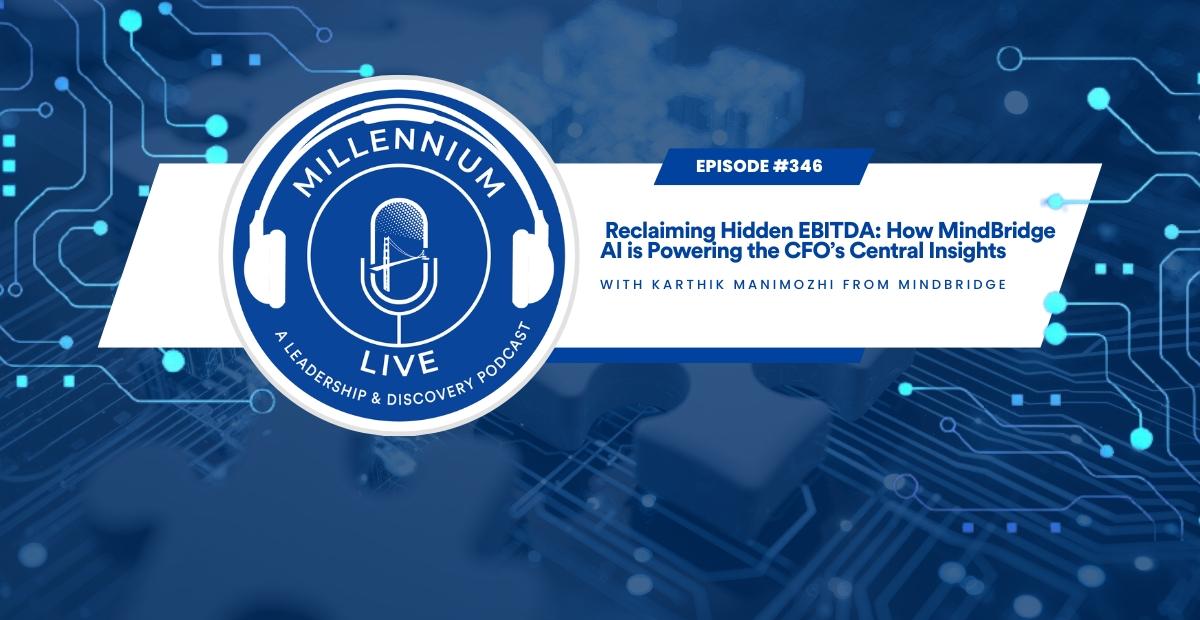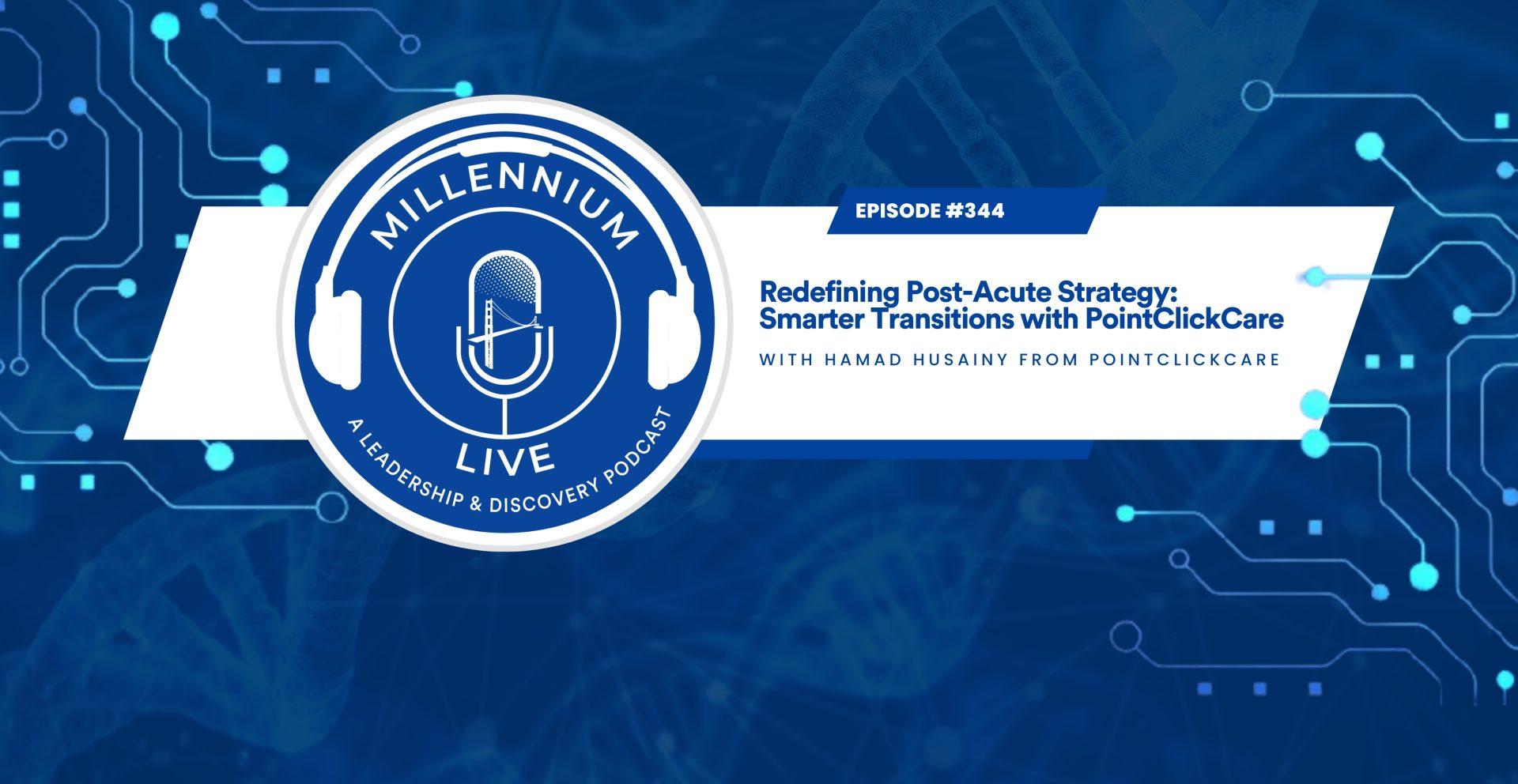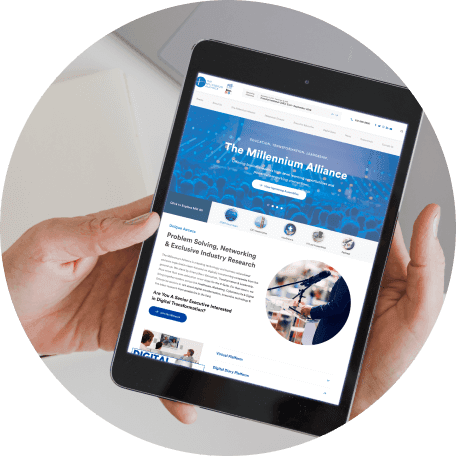Contributed by DELVE
Last year, we saw the COVID-19 pandemic alter buyer behavior as consumers migrated to digital purchase channels, engage in brand switching, and change consumption patterns. This disruption stress-tested the data capabilities of retailers and brands as their historical demand models and forecasts were rendered obsolete and they scrambled to analyze real-time data on new consumer behavior patterns.
For leaders like Amazon, they extended their competitive advantage (and revenue growth). For others, it was clear that they had gaps in their omni-channel customer insights. Only by gaining a clearer picture of buyer/customer journey behavior can retailers improve corporate decision making across areas as broad as product assortment, demand generation, customer experience, and loyalty initiatives.
As customers use more channels and touchpoints to shop, the customer journey has become increasingly complex. Delivering the type of seamless, personalized omni-channel experiences customers expect requires a data-driven marketing approach — one that can integrate customer data from numerous sources and derive real-time and predictive insights. Yet over half (51%) of retail and consumer goods marketers report not having a completely unified view of the customer journey. The biggest challenge, according to 70% of consumer packaged goods companies, is the inability to integrate data from multiple sources.
Data-Driven Marketing: Why Solve Now
McKinsey & Company reported in the first half of 2020 that consumers have vaulted five years in the adoption of digital. And while consumers will eventually return to shops when the outbreak is over, the new normal will still include more online activity than previously. In fact, 75 percent of consumers using digital channels for the first time say they will continue to use them when things return to “normal.
McKinsey & Company goes on to say that “Marketers will need to think through how to manage today’s new wave of data and how to use it to better personalize offers and messages to ever-narrower customer segments. Analytics will need to play a core role not only in tracking consumer preferences and behaviors at increasingly granular levels, but also in enabling rapid response to opportunities or threats.
What Retail Leaders Do Differently
Retail leaders understand that unified customer insights can deliver measurable financial gains and early-mover competitive advantage.
(1) Tightly integrated, first-party data strategy
(2) Apply real-time data insights to inform real-time decision making
(3) Develop comprehensive attribution models to inform media mix decisions and capture efficiencies
(4) Use predictive models to identify high-value, high-conversion potential audiences
So how do retail marketing leaders do it?
They apply 11 techniques to drive marketing efficiency and deliver superior financial performance:
- Clusterization – a data-driven analysis that allows you to take a large group and identify those members who share similar traits, such as demographics or psychographics, and then segment them into different clusters (audience segments) to attract similar individuals or look-alike audiences.
- Frequency analytics – analyzing how many times an ad is shown in a given time period, or how many times an ad is shown to a given audience in order to help you determine what is the most effective frequency for running an ad.
- Customer journey mapping – a way to visualize the journey customers go through as they interact with your brand across channels and marketing touch points during their purchase process.
- Marketing mix modeling – a statistical approach to determining how each channel is performing so you can allocate budget effectively across channels and products. 5. Data-driven optimization – common media optimization efforts include improving CTR, CVR and ROAS for a single media channel such as PPC, display or paid social. More advanced optimization approaches take into account all of the media touchpoints involved in a single retail campaign (paid media, earned media, owned media, shared media) whereby ROI is measured (and optimized) at a campaign level.
- Attribution modeling – understand which marketing channels are converting and their associated ROI. While tools such as Google Analytics default to last-interaction for their attribution reporting, assisted attribution can also be set up for a more complete view of the path to conversion.
- LTV prediction – calculate the value of a customer over their shopping lifetime based on their predicted behavior. This allows you to identify the most profitable segments and prioritize your marketing spend on those segments.
- Next Best Action – using customer behavior data to intelligently predict the intent of an individual customer and to then offer next best product recommendations based on that customer’s tastes and preferences. Predictive recommendations can increase your revenue and overall profitability by driving engagement, improving conversion rates, maximizing retention, and informing precise seasonal relevance.
- Sentiment monitoring – using machine learning, you can scan social media posts and consumer reviews to understand how customers feel about your products or what topics they are interested in, thereby allowing you to assess the health of your brand and the potential for customer churn.
- Automated insights reporting – providing the right types of insights at your fingertips and eliminating the manual, time-consuming task of compiling and interpreting that data yourself.
- Self-service analytics – allows you to democratize data analysis throughout the organization and deliver powerful insights through the use of engaging dashboards to answer ad hoc questions without the need for an analyst or data scientist.
The Business Benefits of Getting it Right
The combination of targeting high-value, high-conversion potential audiences and personalizing offers to their specific needs, can deliver big financial gains:
- Reduce acquisition costs by as much as 50%
- Increase marketing spend efficiency by 10 to 30%
- Reduce churn 10% to 50%
- Reduce retention discounts 20% to 35%
For a deeper dive, check out a series of white papers by data analytics agency and Google Top 25 partner, Delve — or talk to their experts at the virtual Transformational CMO Assembly and Transformational Retail Assembly, May 25-26. Request an invite here.
About DELVE
DELVE helps brands improve marketing ROI and accelerate revenue growth by identifying and converting their most profitable audience segments. As a data science expert, we integrate disparate data sources and technology stacks to deliver analytics and predictive insights that business leaders trust to improve decision making. As a digital marketing partner, we act as an extension of brand marketing teams to plan, deliver and optimize analytics-first media campaigns to accelerate lead generation and recurring revenue growth. As a technology consultant, we provide digital skills training and technology integration services to sharpen digital competency. With locations in North America and Europe, DELVE is trusted by brands around the world for efficient revenue growth. DELVE is a certified Google Marketing Platform Partner, a Google Cloud Certified Services Partner, and one of Inc. 5000’s fastest-growing companies.














